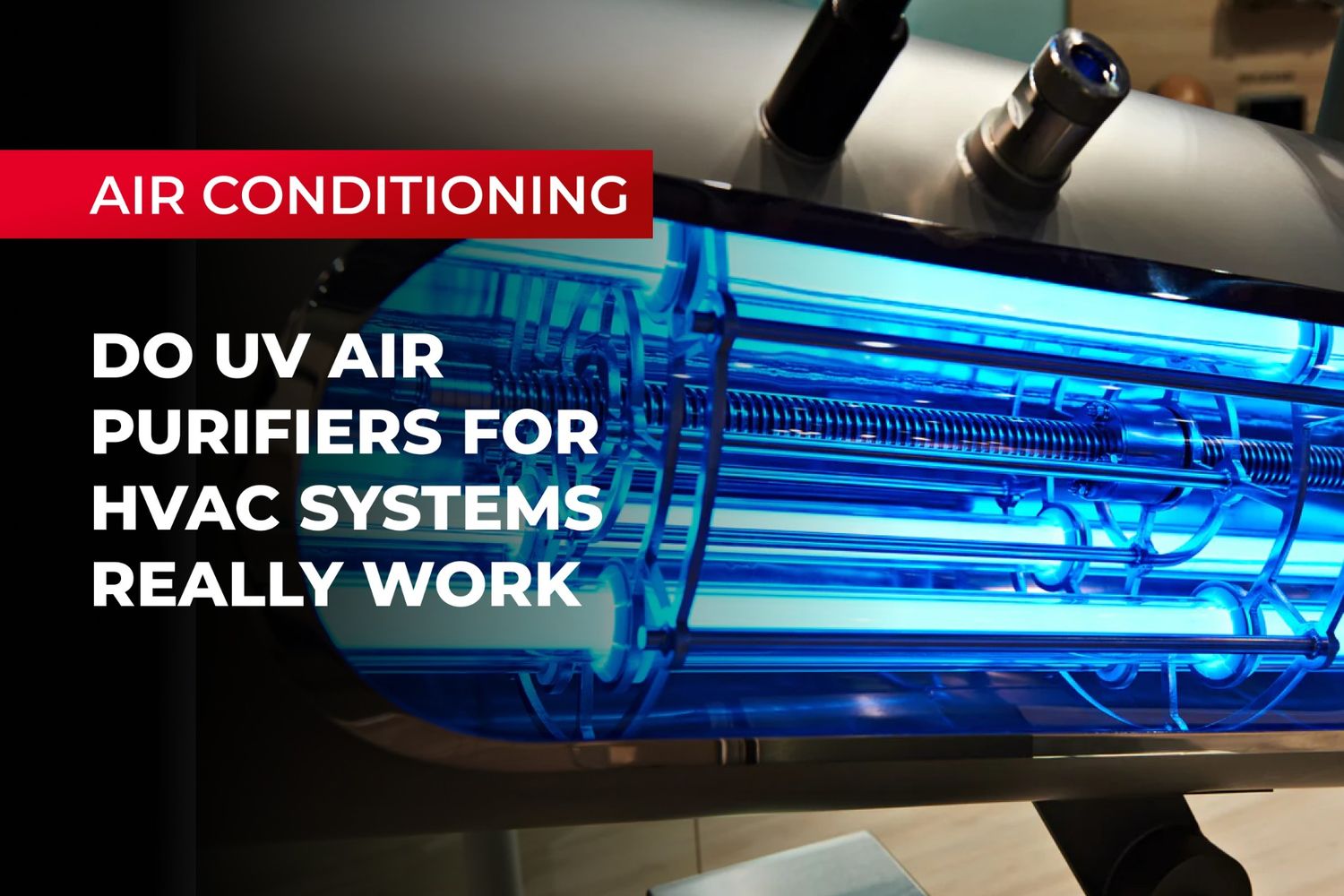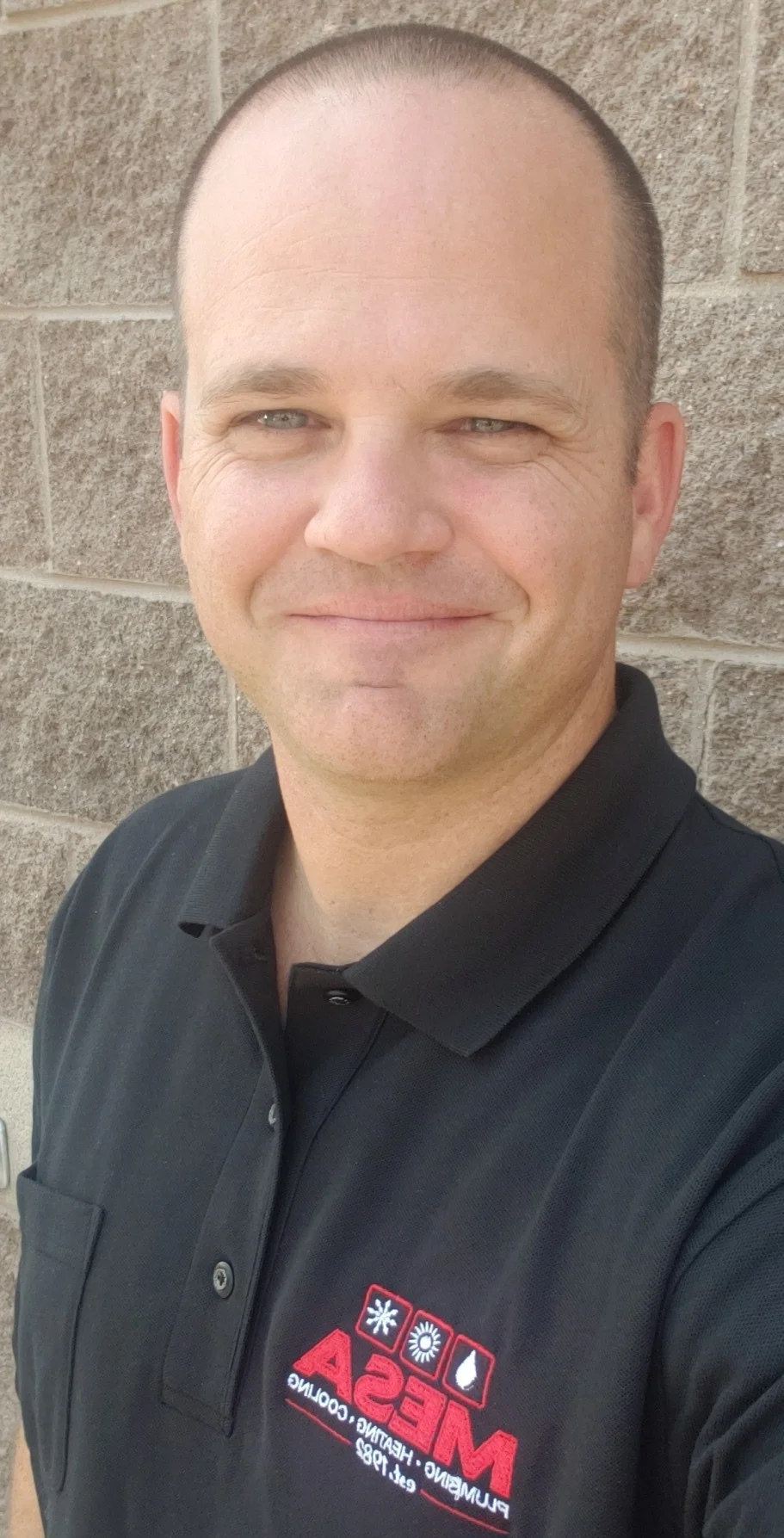A growing body of scientific evidence over the past several years in conjunction with other research indicates that indoor air might be more hazardous to health than outdoor air. Organic pollutants like bacteria, viruses, mold spores, and germs that are sucked in circulate through the HVAC system and impact the quality of indoor air considerably. Traditional HEPA and top-rated filters can be very effective in filtering some microbes from the air; however, UV purifiers go one step further by inactivating and destroying these organisms.
How do UV air purifiers for HVAC systems work?
UV purifiers use a new form of technology that is designed to neutralize airborne pathogens and microorganisms, significantly improving the indoor air quality. The purifiers use lamps that produce ultraviolet light; this light incinerates the harmful organic contaminants as they pass through it, altering their DNA and rendering them harmless.
They are typically mounted inside the main supply duct near the air conditioning indoor evaporator coil or installed on the return air duct of the heating or cooling system.
When placed inside the main supply duct, the purifiers act as coil sterilizing lights and constantly work to prevent mold and bacteria from accumulating on or around the coil. This, in turn, significantly minimizes the contaminants in the air circulating through the system. When installed in the return air duct, the purifiers act as air sterilizing lights purifying the air as it passes through the system. This also helps restrict organic buildup on the system components.
What factors influence the effectiveness of UV air purifiers?
The intensity and the placement of the purifiers in the system have an impact on their effectiveness. The duct reflectivity also plays a role. UV purifiers that have a high light intensity and shine directly on the contaminants are more effective in neutralizing them and disinfecting the air significantly.
Another factor that affects the efficiency of the UV purifiers is the air flow rate of the system. A system that prolongs the length of the time that the air is circulated through the intense UV light is also vital.
An effective dust and particulate filter also plays a determining role in the effectiveness of the UV purifier technology. An air filter that ensnares dust and particulates not destroyed by the UV purifiers prevents cloudy air. This prevents the dust from settling on the lamps and reflective surfaces of the purifiers, thereby making them more effective in sanitizing the air.
What other benefits do UV air purifiers have?
Not only do UV purifiers purify and sanitize the air but they also offer other benefits. They facilitate enhanced air flow in the HVAC system by deterring the growth of contaminants and help it function at optimum efficiency. They also help keep odors under control by destroying microbes that are the source of the smells. Furthermore, they eliminate the need for regular duct cleaning.
A system with UV purifiers truly takes purification of indoor air to the next level. By eradicating microscopic biological contaminants, it enhances the quality of indoor air and promotes general well-being.



